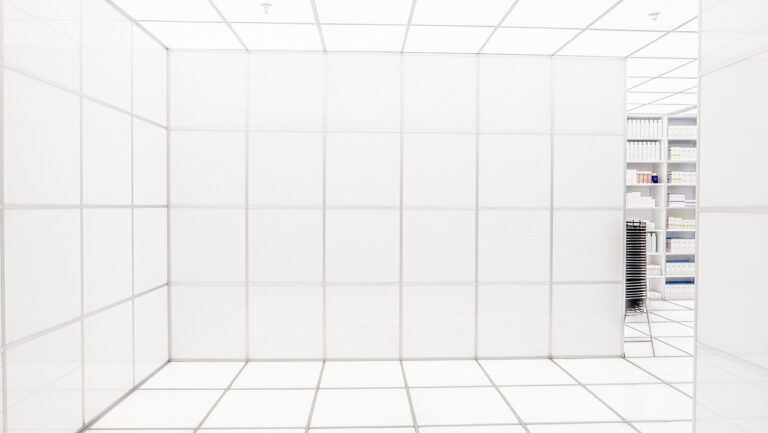The Role of Augmented Reality in Enhancing Customer Engagement in Home Improvement Retail
Augmented reality (AR) technology has revolutionized the home improvement retail sector by providing customers with immersive experiences that enhance their decision-making processes. By allowing shoppers to visualize how products will look in their own spaces, AR bridges the gap between online browsing and in-store interactions. This capability not only reduces the guesswork involved in making purchases but also boosts consumer confidence, leading to increased sales and customer satisfaction.
Moreover, the interactive nature of augmented reality in home improvement retail encourages customer engagement and promotes a deeper understanding of product features and functionality. Through AR applications, users can virtually try out different paint colors, furniture arrangements, or other decor elements, thereby saving time and effort typically spent on manual experimentation. This personalized and hands-on approach to shopping fosters a more enjoyable and informative shopping experience, ultimately fostering customer loyalty and setting retailers apart in a competitive market.
How Augmented Reality Technology Works in Retail Settings
Augmented Reality technology in retail settings operates by overlaying digital content onto the physical environment. By utilizing cameras and sensors, AR devices map the surroundings and project virtual elements in real-time. This allows customers to interact with products virtually before making a purchase, enhancing their overall shopping experience.
Furthermore, Augmented Reality in retail works by integrating computer-generated graphics with the physical world in a seamless manner. Consumers can view detailed product information, visualize how items might look in their own space, and even receive personalized recommendations based on their preferences. This immersive technology bridges the gap between online and in-store shopping, offering a novel way for customers to engage with products before committing to a purchase.
Examples of Successful Implementations of Augmented Reality in Home Improvement Retail
Augmented reality has been successfully implemented in various home improvement retail settings to enhance customer experience and increase sales. One example is the use of AR technology by a major furniture retailer, allowing customers to virtually place furniture items in their own homes before making a purchase. This interactive experience not only helps customers visualize how products will look in their space but also minimizes the likelihood of returns, ultimately leading to higher customer satisfaction and loyalty.
Another successful implementation of augmented reality in home improvement retail is seen in the kitchen and bathroom design industry. By utilizing AR applications, customers can see different design options, materials, and layouts in real time, making the decision-making process much more engaging and efficient. This immersive experience not only empowers customers to make informed choices but also streamlines the design process for retailers, resulting in higher conversions and customer retention rates.
How can augmented reality benefit home improvement retail?
Augmented reality can benefit home improvement retail by allowing customers to visualize how products will look in their homes before making a purchase, leading to more informed buying decisions and higher customer satisfaction.
How does augmented reality technology work in retail settings?
Augmented reality technology in retail settings typically involves using a smartphone or tablet with a camera to overlay digital images of products onto the physical environment. This allows customers to see how products will look in their space in real-time.
Can you provide some examples of successful implementations of augmented reality in home improvement retail?
Sure! Examples include Lowe’s “View in Your Space” feature, which allows customers to visualize how products will look in their homes, and IKEA’s “IKEA Place” app, which lets customers see how furniture will fit in their space before purchasing.
Is augmented reality easy for customers to use in a home improvement retail setting?
Yes, augmented reality technology is designed to be user-friendly and intuitive for customers to use. Most apps and features are designed with a simple interface that guides customers through the process of visualizing products in their space.







